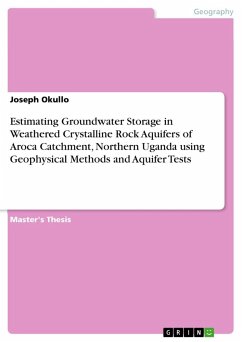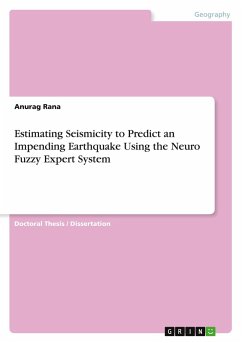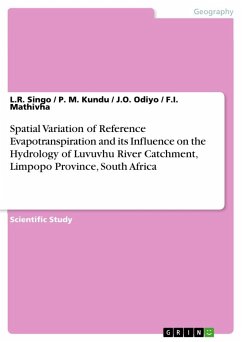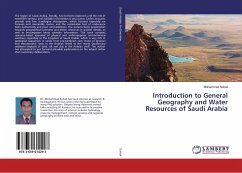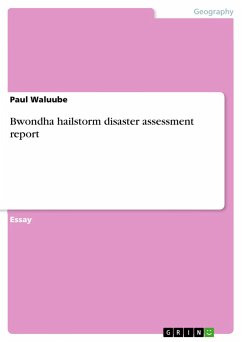Master's Thesis from the year 2016 in the subject Geography / Earth Science - Meteorology, Aeronomy, Climatology, Makerere University (College of Natural Science), course: Masters of Science in Geology, language: English, abstract: Aroca catchment¿s hydrogeological characteristics are majorly controlled by deeply weathered crystalline rocks of northern Uganda. Groundwater derived from within the medium grained weathered clasts to the base of the unconsolidated regolith in addition to fissures in the underlying saprocks is widely used to supply water to most upcoming towns. However, in addition to limited reliable data, little is known of the geometry and storage capacity of these aquifers. This study used magnetic resonance sounding (MRS) and complimentary electrical resistivity (VES), lithological logs and hydraulic tests to determine aquifer geometry and hydraulic properties of Aroca catchment. The main aquifer is largely a medium-grained sandy saprolite and exhibits leaky aquifer characteristics. It is supplemented by the saprolite-fissured boundary and the bulk of the fissured secondary aquifers. MRS and VES were useful in delineating the upper surface (up to a mean depth ~5 mbgl) of the aquifer geometry. The mean depth to the bottom of the saprolite and fractured layers was 33 and 70 mbgl respectively. The mean static water level across the catchment ranges from ~1.4 to 30 mbgl (with a median value of 13.7 mbgl). The mean T is 4.3 to 104 m2d-1, K is 7.0 md-1 and Sy is ~0.016 for this aquifer. MRS determined drainable groundwater storage of aquifers with a mean value of 380 mm, which is much lower than the value of 590 mm from similar geological formations of Benin. MRS water content and decay constant of the saturated aquifer had mean values of 6.4% and 156ms, respectively. Just like most geophysical methods, MRS suffers from resolution loss with depth and result into the fissured zone not being well resolved. MRS complemented by VES and aquifer tests has provided a new insight in aquifer geometry characterization and groundwater storage in the deeply weathered crystalline rock aquifers of Aroca catchment and the region. The geometry and hydraulic properties of these weathered crystalline rock aquifers can further be constrained for better spatial representation by conducting a number of well distributed long duration aquifer tests and MRS measurements across the catchment and region. Hence, more site investigations is recommended to improve on the knowledge of storage capacities of the catchment/region aquifers for better future groundwater abstraction strategies, resource planning and management.
Hinweis: Dieser Artikel kann nur an eine deutsche Lieferadresse ausgeliefert werden.
Hinweis: Dieser Artikel kann nur an eine deutsche Lieferadresse ausgeliefert werden.

